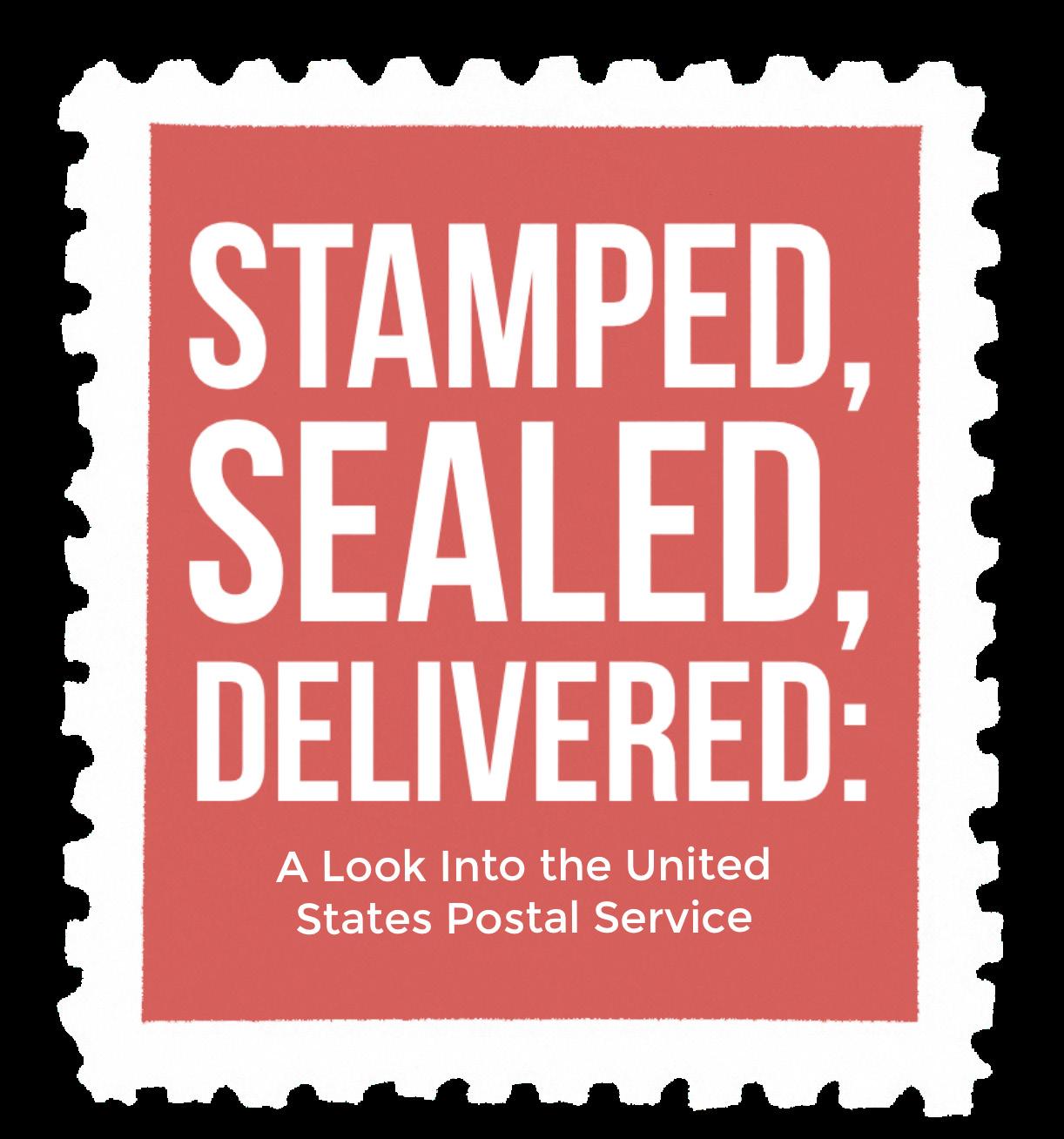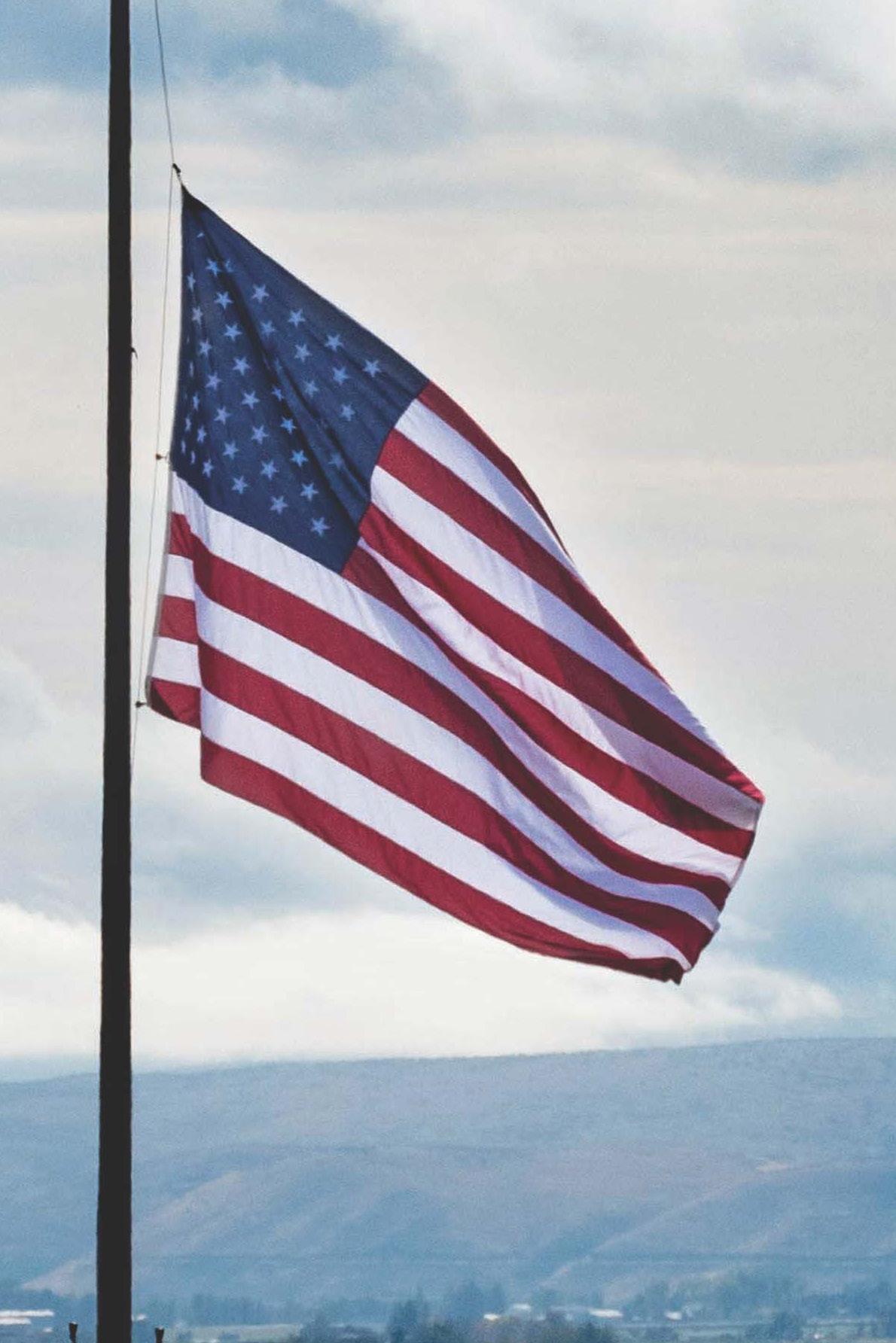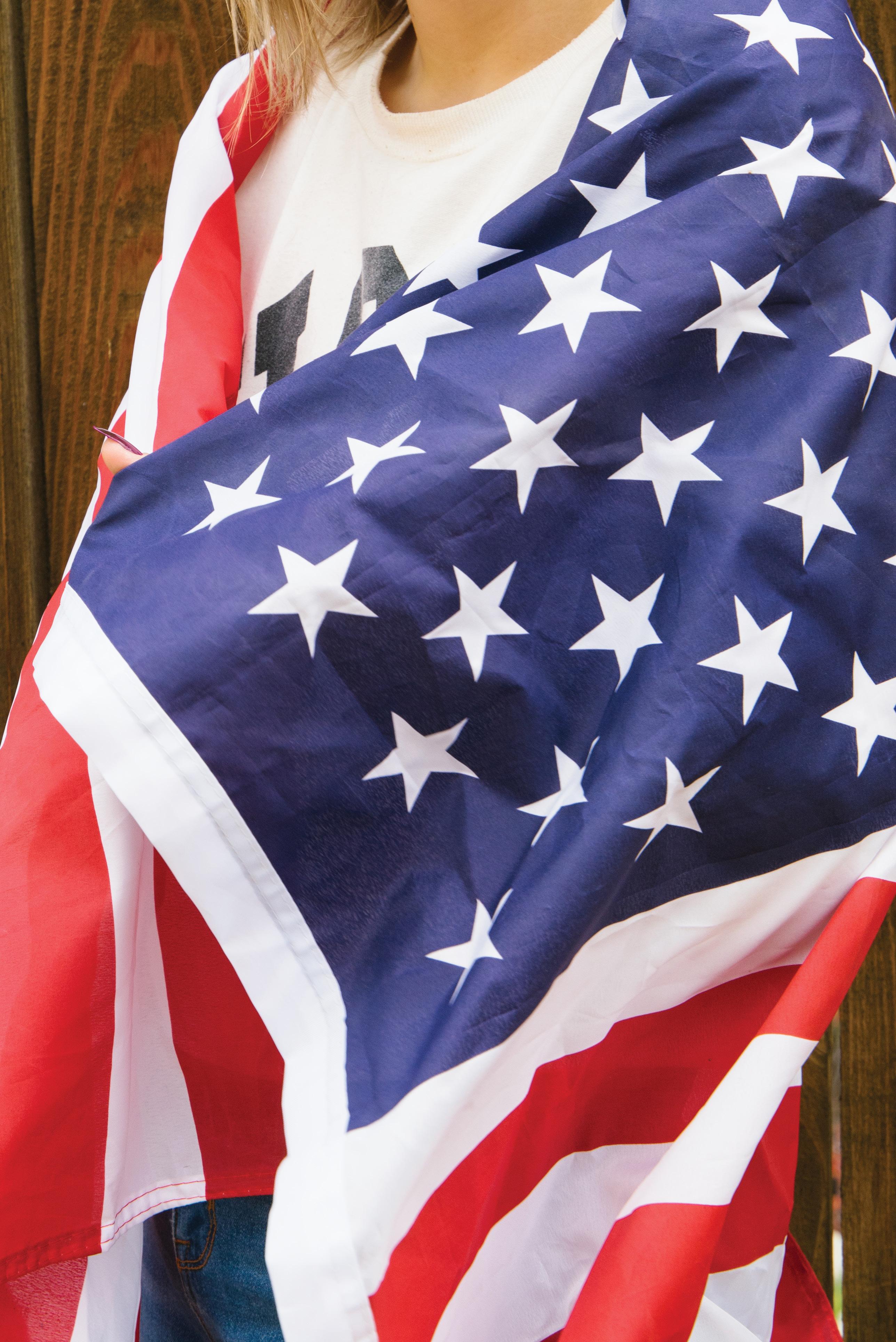
11 minute read
a Time 2020 Vocab
from Fall 2020
2020 VOCAB
Contributions by Taylor Johnson | Design by Grace Winter
Advertisement
Did you know 650 words were added to the Oxford Dictionary in 2019? It is becoming impossible to keep track of what the kids are saying these days! Check out this list of words that we think have made an impact in the lives of college students during 2020.
WAP1.
Need I say more?
4.ATHLEISURE Clothes that make it look like you could be on your way to the gym or Target; nobody will be the wiser!
7.BOYCOTT Withdraw from commercial or social relations with (a country, organization, or person) as a punishment or protest (Oxford); Athletes across different teams took a stand and canceled games in protest of the police shooting of Jacob Blake in Kenosha, Wisconsin on August 23, 2020. 2.BIPOC Acronym for Black, Indigenous, People of Color
5.PPE Acronym for personal protective equipment which is “worn to minimize exposure to hazards that cause serious workplace injuries and illnesses.” (OSHA.gov)
8.BIG YIKES
Oof. When something slightly inconvenient happens but it’s not enough to cry about. 3.GLOBAL PANDEMIC
2020 in a nutshell.
6.SOCIAL DISTANCING “Keeping a safe space between yourself and other people who are not from your household.” (CDC)
9.SPILL THE TEA
A friend has drama and you need her to tell the sisters!
Contributions by Elizabeth Allison & Kim Nguyen Design & Illustration by Sara Roach


Have you ever gotten so excited for something you ordered online and it just wouldn’t arrive soon enough? As you check the order for the millionth time that week, you finally hear a knock on your door. It’s here! Opening the door, you see packages lining your porch and a hurried mailman rushing to his vehicle.
Since operations started in 1971, The United States Postal Service (USPS) has worked around the clock in some very interesting ways to make sure that your package shows up at your doorstep.
Plains, Trains and Mules The USPS transports their mail through multiple methods: planes, hovercraft, trains, trucks, cars, boats, ferries, helicopters, subways, bicycles and feet. If you think this long list ends there, you will be surprised!
The most unusual delivery method used by the USPS is a mule train in Arizona. Yes, that is a real thing! The USPS uses mules to carry packages and supplies down an 8-mile trail to the Havasupai Indians at the bottom of the Grand Canyon.

Serving You in More Ways Than One The USPS is the only delivery service that reaches every address in the nation. If you are looking to have a care package delivered to someone in the military, then look no further. You can send a letter to anywhere in the United States for just 55 cents. Don’t forget to bring your stamps!
The USPS is well-known for the mail and package delivery services, but one may not know that they also sell many different products. If you head over to your local post office you will find a multitude of souvenirs such as costumes or ornaments.
If you’re interested in supporting your post office, be sure to stop by and see all of the products available to purchase.
Looking for a Job? Have you ever wondered who sorts your mail and delivers your packages? The USPS employs over 7.3 million people, and about 40 percent of the postal service workforce are minorities.
The U.S. Postal Service has the nation's largest retail network. That means that it is bigger than Mcdonald’s, Starbucks and Walmart combined, domestically. Can you believe that?
Big Impact, Little Footprint With the world time clock ticking it has become more important than ever that companies do their part in reducing their impact on the environment. Through their recycling and waste reduction efforts, the USPS has recycled over 2.7 million tons of waste since 2014.
In 2019, the postal service recycled 177,612 tons of paper, 39,792 tons of cardboard and 5,537 tons of plastic.
Not only does USPS have a solar power generation system at their Los Angeles mail processing facility consisting of 38,000 solar panels, but they also offer sustainability services to customers who want to learn more about reducing their environmental impact regarding their mail.
These are just a few of the numerous ins and outs of the USPS. Be sure to thank your local post office worker and try to remember all of the work that went into getting your long awaited package before it graces your front porch.
Source: Postal Facts- US Postal Service
IT’S MORE THAN JUST A FLAG:

Impressions of the Stars and Stripes
Story by Peighton Bortle Photos by Casey Rothgeb & Lexi Wicks Design by Sara Roach
Visit cwupulsemagazine.com to watch our video about the impact of the American flag.

Every day early in the morning, Tom Hanigan picks up the proper triangle of red, white and blue and goes outside to unlock the flagpole. Whenever he brings the nicely folded flag outside, he carries it tightly against his chest.
If he’s responsible for taking it down at night he cautiously lowers it, folds it back up into a perfect triangle and carries it respectfully back inside until the next morning when it has to be flown again.
As a Custodian at Skyline Elementary in Tacoma, Hanigan is responsible for setting up the American flag that flies in front of the school every day. From sunrise to sunset, “The flag never touches the ground. You have to make sure that it isn’t draped over and it doesn’t wrap around the flagpole so it flies freely,” says Hanigan. “In etiquette you carry it with respect, so I hold it closely against my body when I carry it out there.”
Flying the American flag in front or near public schools during school hours is a recommended form of practice, according to the Congressional Research Service.
The American flag is the most visible sign and well known symbol of the country, and is often shown to represent freedom and liberty in America. This is because in history, involving many wars, soldiers fought for the freedoms of this country.
“This [flag] at work isn’t the closest one to me, the one I have at home is the flag I flew when I deployed to Iraq and it’s the flag I flew … for my parents who are no longer with me. That one holds a bit more esteem and it’s more of a personal one,” Hanigan explains.
However, in the last fifty years this symbol has been held close to many citizens’ hearts while for others viewed as a representation they aren’t necessarily proud of. The flag can even be seen as a sign of protest in today’s political climate.
So why is it that the symbolism of the American flag has become more political and controversial today? The way the U.S. flag is viewed and used can vary between two important categories: cultural backgrounds and careers.
Contrasting Culture According to a 2007 survey conducted by the Pew Research Center, Republicans make up 73 percent of those who display their flag at their home, office or their car. 55 percent of Democrats and 63 percent of Independents also display their flags in these locations.
Since the American flag can be the most visible sign for the country, protesters around the world use this symbol to gain even more power in their voice by processes such as burning, which is a form of symbolic free speech.
While some see it as disrespectful, this action is taken by the idea that if the American flag is ruined or burned in any way, it can reveal that the nation is in distress, the presence of unfair treatment or conflicts preventing national unity.
Student at the University of Washington Bothell and officer in the Black Student Union, Diana Muuru, says was raised here in Washington and her family is originally from Kenya. While her family has kept the traditions and morals of an African Household, she believes “some people feel as though they are not appreciated or represented, or feel as though [the flag] is a symbol of oppression and separation.”
“It may not feel like it is a part of them. They may not feel the unity and togetherness as it once meant, and is not there anymore,” she adds. This can be the case for people who do not feel represented by the flag or who have different home countries.
“[The American flag] is definitely my country’s flag, but I also belong to another country as well. I always wear my Kenyan bracelets with the Kenyan flag on them,” Muuru says.
In the U.S. many people are represented by more than just one flag, and feel they belong to more than just one country. United States military veteran and law enforcement officer Ryan Bradley says, “People will attach their own subjective


views on the flag and what it means to them … Historically looking at it … it represents the ability for people to choose their own way of life.”
Citizens of other countries have continually shown their views of this country as the beginning of a new life. But with the recent rise in political conflict, “the country is less of a whole, with such different views,” says Muuru.
A Military Perspective Aside from controversy, very few know how the flag is physically used and handled, especially in the military.
With Bradley’s experience in the military, he explains his interpretation of the American flag changed. “I was taught about [the flag] but it didn’t really resonate with me until I went into the military myself. That’s where I’d say I really identified more with what the flag represents because I was wearing it on my uniform every day.”
In the military, the American flag is an immense part of customs and courtesies.
“Before we do a formal event, there’s an armored Honor Guard that marches [with] the flag. The first time you go through it and see it in front of you, you think ‘wow, that is some really heartfelt and meaningful stuff.’ You realize you have taken an oath and that’s what you fight for,” Bradley says.
The flag represents something much deeper in the military, especially in ceremonies and events.
“You have to weigh it with caution because of what it does represent, and what it might represent with other people. And for some people it represents the sworn enemy,” says Bradley. “Whether it is protest or not … even when I was stationed overseas for a short period of time … there was a generation that didn’t want us there.”
Hanigan had experience in the military as well, and mentions, “It’s personal to each individual. Since I [raise the flag] every day it becomes part of a normal routine, it could have less meaning, but compared to ceremonies and special occasions, it takes on a different meaning.”
Had there not been any personal military experience, Hanigan implies his compassion for the American flag would not have been the same in his day-to-day routine at the elementary school.
“When I’d raise the flag on base, there’s [a] very specific protocol on how you march up there and salute the flag,” he says. “I am retired military so I’ve done flag ceremonies which are a lot more emotional.”
Views of the red, white and blue vary in so many ways. It may seem questionable at first whether or not your job can determine how you see the American flag, but considering military involvement, this can be one of the biggest factors in ultimately creating a certain feeling for the country’s symbol.
What Does the Flag Mean to You? Between generations, cultures and careers, the U.S. flag has been accustomed to a collection of dividing judgment and variation of understanding.
“It can definitely be taken for granted because it’s not something that is on everyone’s minds every single day,” says Hanigan. “Not a lot of people have just sat down and thought ‘hey, what do I think about the flag?’”
Sometimes it is easy to forget what the flag even means anymore, and maybe you just never really knew enough about it. “I’ve noticed that people just put up a flag maybe for decoration and don’t know the meaning of it because it’s just the thing to do here,” Hanigan points out. “So there’s always been more to it than what many people are aware of, and more than just a decorative piece above your garage.”
The American flag is seen in more array than what it used to, and whether it is utilized as a sign of protest or saluted each day by military veterans, the flag has certain levels of meaning in each pair of eyes.








